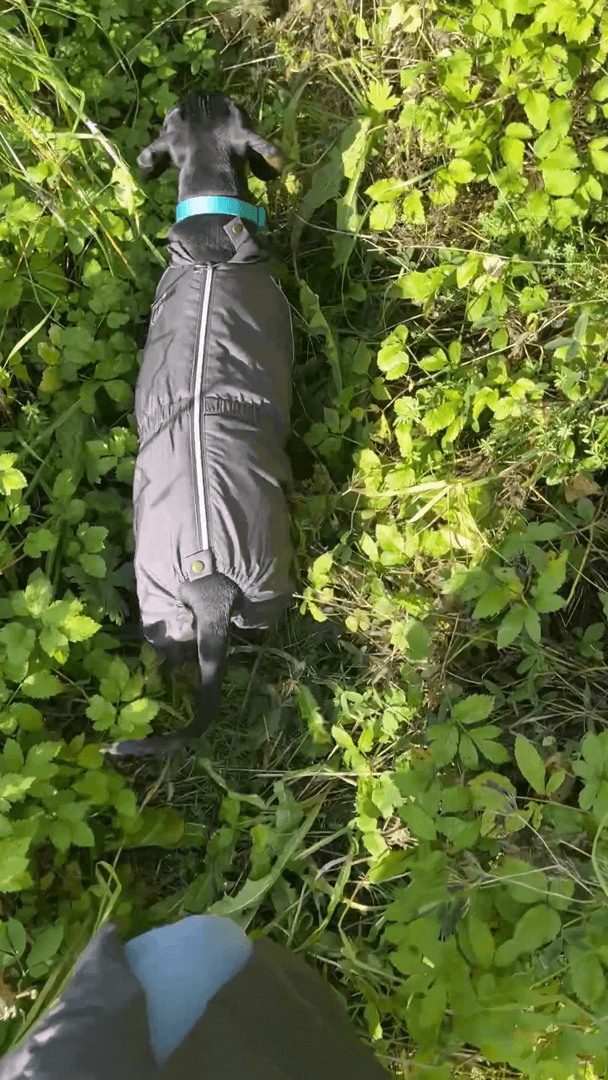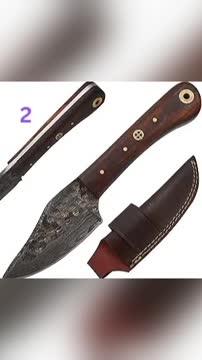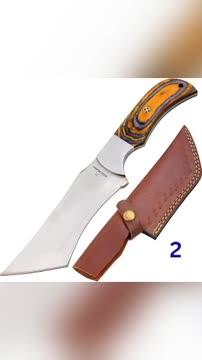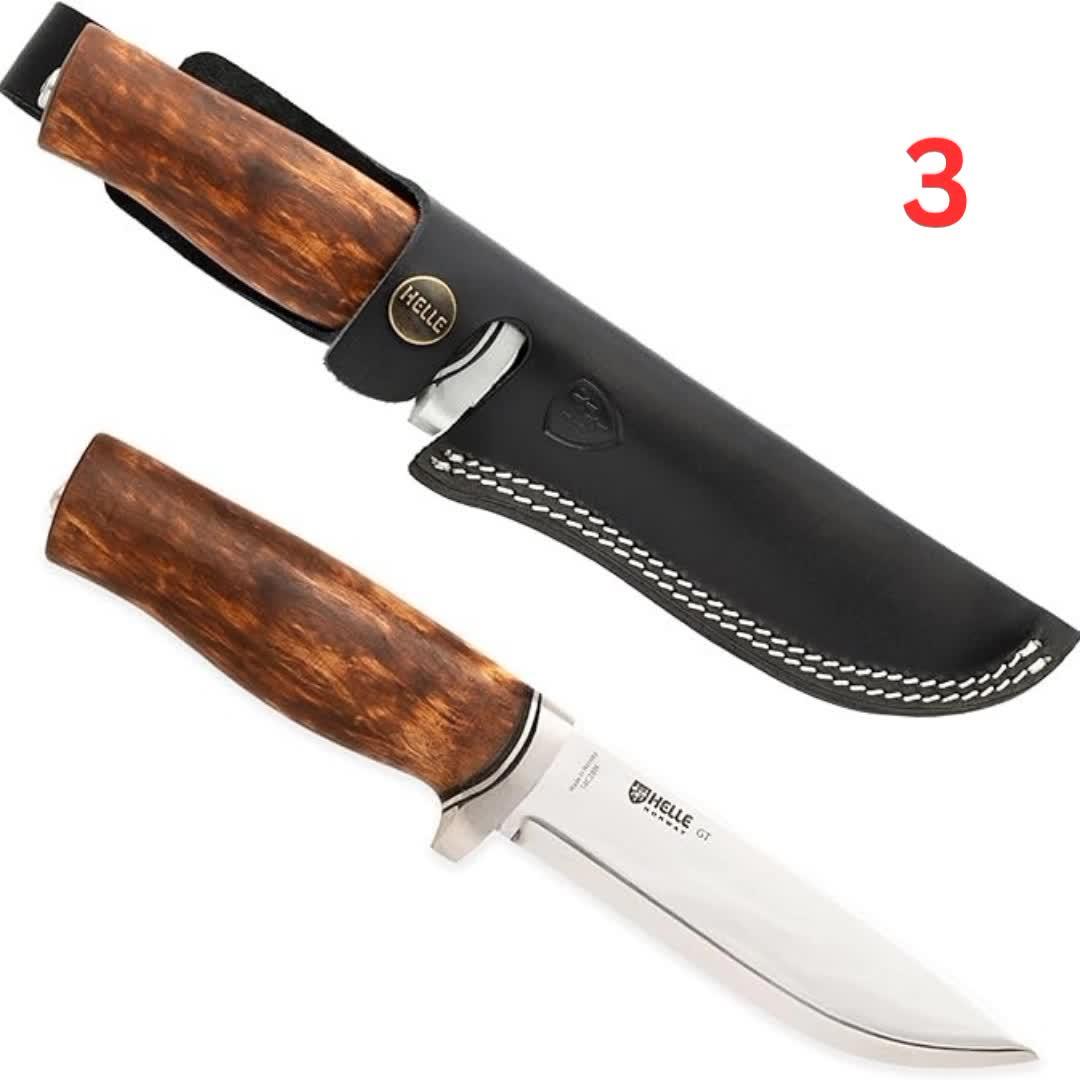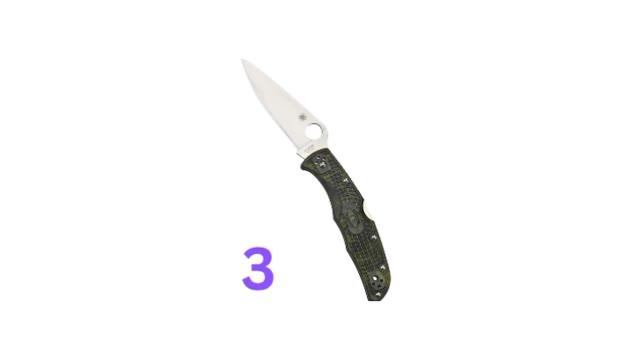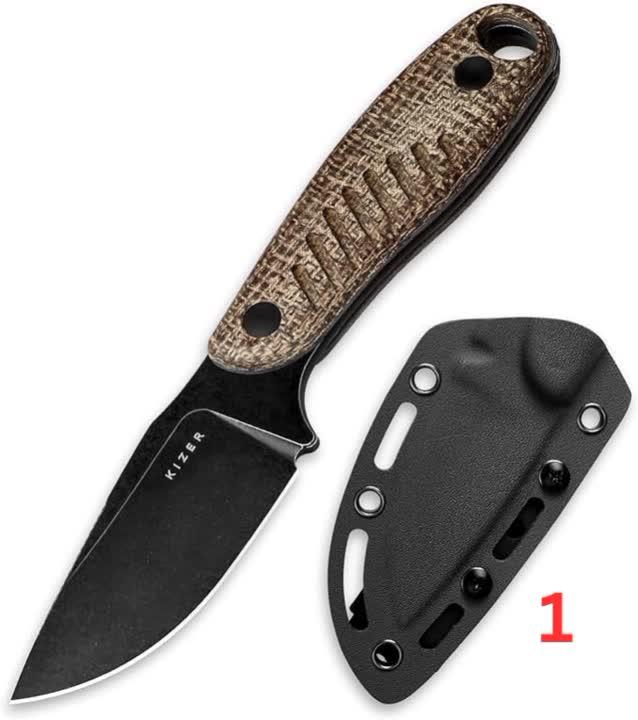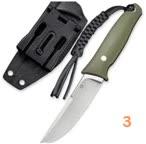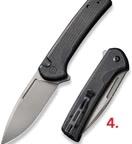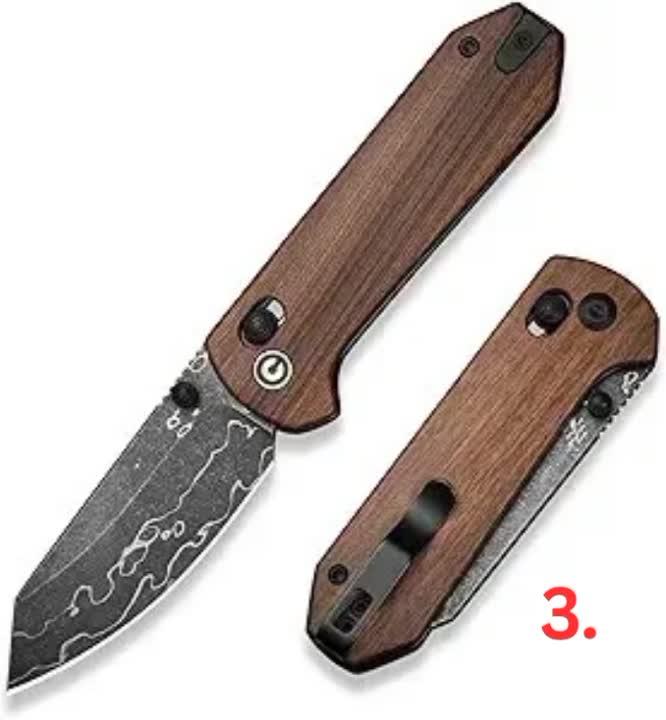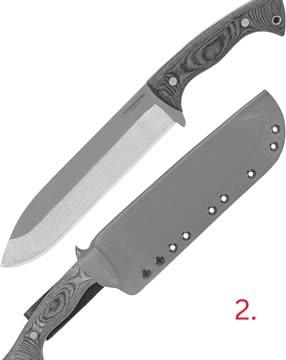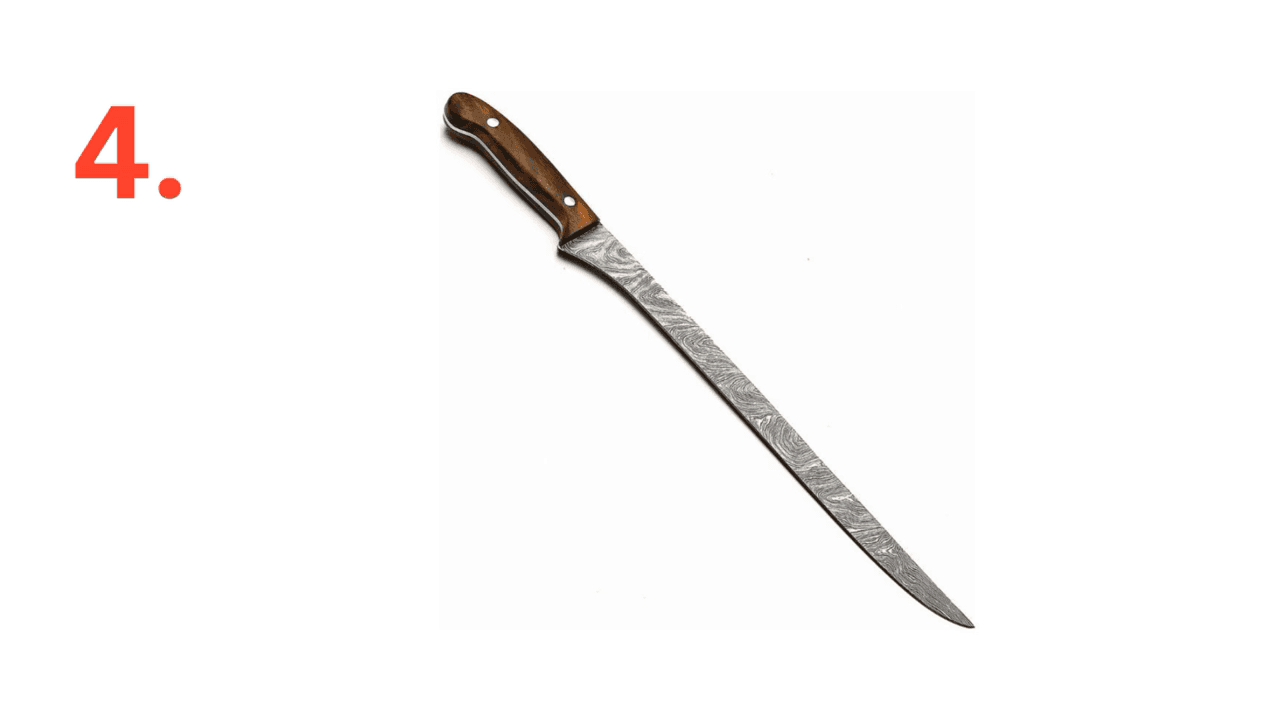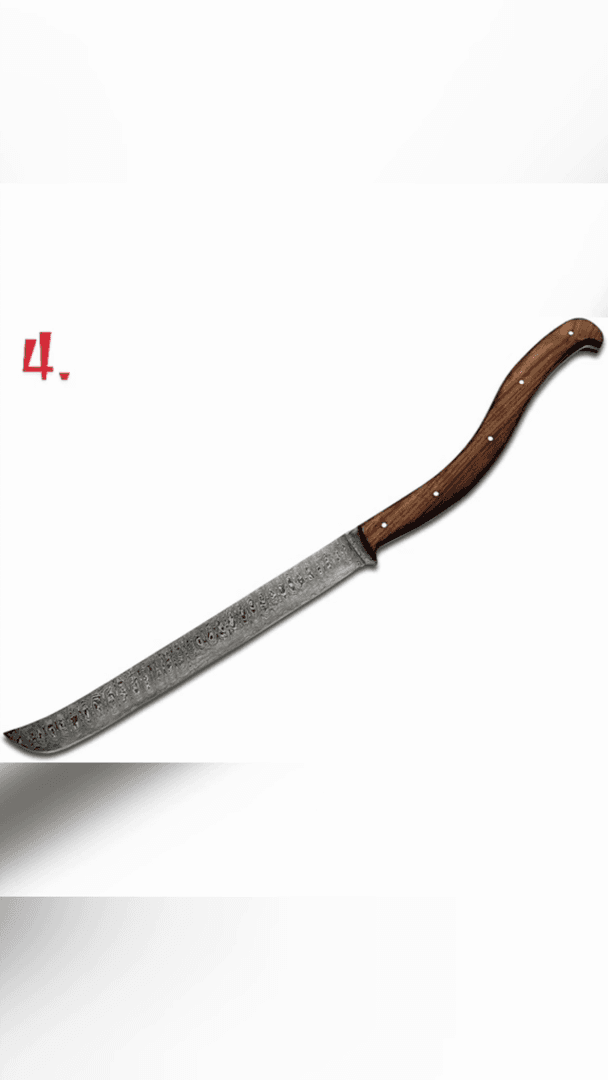.22 LR for rabbits - News 2900
Hunting Seasons in Indiana 2025: Big Game and Small Game, Licenses, and Regulations Guide
Plan your 2025–26 IN hunt with our state‑by‑state guide—season dates, bag limits, licenses, bow & rifle rules, and key game species from whitetail deer to wild turkey to ducks. Whether you’re drawing a compound bow in oak‑lined woodlots for mature bucks or setting a shotgun for early‑season teal over flooded timber, Indiana offers diverse seasons and clear regulations to ensure safe, ethical harvests.
What Is There to Hunt in Indiana?
Indiana’s landscape of hardwood forests, agricultural fields, and riverine wetlands supports a variety of game. Hunters can target whitetail deer across DMU zones, call in wild turkeys in spring’s blossoming forests, or pursue black bears under limited‑entry hunts. Small game like rabbits, squirrels, ring‑necked pheasants, and ruffed grouse thrive in coverts, while wetlands and lakes draw migrating ducks, geese, and rails for waterfowlers deploying decoys at dawn.
Gippsland Hunting Regions: A Guide to Demographics and Club Networks, Legislation System, Associations, Laws and Hunting Seasons
Nestled in the southeastern corner of Victoria, Gippsland is a hunter’s paradise, offering a mix of rugged landscapes, diverse wildlife, and a rich hunting culture.
1. The Lay of the Land: Gippsland’s Hunting Terrain
Gippsland’s geography is as varied as it is vast, covering over 41,000 square kilometers. The region is divided into three primary zones, each offering distinct hunting opportunities:
The Alpine High Country: In the north, the terrain is dominated by steep mountains, snow gum forests, and open plains. This area is renowned for its Sambar deer population, making it a hotspot for deer hunters.
The Central Forests: Dense eucalyptus woodlands and rolling hills define this zone, providing habitat for fallow deer, wild boars, and smaller game like rabbits and foxes.
The Coastal Lowlands: To the south, wetlands, estuaries, and grassy plains create id
The Swedish Vallhund: A Hunter's Secret Weapon
For those of us who prize versatility, intelligence, and sheer grit in a hunting companion, the Swedish Vallhund deserves a serious look. This ancient breed, hailing from the Viking lands, is far more than just a charming herding dog. With the right training, the Vallhund can be a surprisingly effective hunter.
What Can a Vallhund Hunt?
Traditionally, Vallhunds weren't purpose-bred for a specific type of game. Their herding background meant they were adept at working with cattle, sheep, and other livestock. However, their intelligence and drive make them adaptable to hunting a variety of quarry:
Small Game: Rabbits, hares, squirrels, and rodents are well within the Vallhund's capabilities. Their quick reflexes and tenacious nature are a real asset.
Birds: Some Vallhunds can be trained as flushing dogs for upland birds like grouse, quail, and pheasant.
Larger Game (with caveats): While not typically used as primary big-game hunters, V
The Sussex Spaniel: A Low-Riding Hunting Partner for the Thinking Hunter
The Sussex Spaniel. Not a breed you see every day afield, and that's a damn shame. This sturdy, low-slung spaniel from the south of England is a serious hunting dog with a unique style and plenty to offer the right hunter. If you value methodical work, a close-working dog, and a partner that doesn't quit, read on.
What Will a Sussex Spaniel Hunt?
These dogs were bred for thick cover, and they excel at flushing game close. Think rabbits, pheasants, quail, and other ground-nesting birds. Their deliberate pace and loud voice when they're on a scent makes them ideal for hunting in dense brush where you might not see the game until it's practically underfoot. They're not built for long retrieves in water, but they can handle light waterfowl work in moderation.
Where to Find Them
While they originated in Sussex, England, these dogs are relatively rare worldwide. You'll find pockets of dedicated breeders and hunters
Hunting in SOUSSE: Game Species in Sousse, Hunting Seasons and Optimal Times of Hunting
Geography and Ecological Features of Tunisia
Sousse, a coastal city located in central Tunisia, offers a unique blend of Mediterranean landscapes and fertile agricultural lands. The region is characterized by a combination of sandy beaches, rolling hills, and fertile plains that support a variety of wildlife. The climate is typically Mediterranean, with hot, dry summers and mild, wet winters. This makes Sousse a prime location for certain types of hunting, particularly small game and migratory birds. The natural environment around Sousse provides a balance between open fields, scrublands, and some wooded areas, which serve as ideal habitats for various species, including hares, rabbits, and a variety of bird species.
Hunter Demographics and Participation in Sousse
The hunting community in Sousse is diverse, attracting both local hunters and those from other regions. Sousse's proximity to major u
HUNTING SEASONS IN MAINE 2025–26: Deer Hunting, Big Game and Small Game, Licenses, and Regulations Guide
Plan your 2025–26 ME hunt with our comprehensive guide—season dates, bag limits, licenses, bow & rifle rules, and key game species from whitetail deer to moose to ducks. Whether you’re drawing an arrow for a rutting buck in spruce‑fir forests, tracking moose along river corridors, or setting decoys for migrating ducks over tidal marshes, Maine’s woods, wetlands, and mountains offer world‑class big game and small game opportunities under clear regulations.
What Is There to Hunt in Maine?
Maine’s abundant wildlife includes:
Big Game: Whitetail deer, moose (draw only), black bear, wild turkey
Small Game & Upland Birds: Ruffed grouse, woodcock, snowshoe hare, rabbits, gray squirrels
Waterfowl & Migratory Birds: Ducks (mallard, teal, black duck), geese, brant, mergansers, rails, coots, mourning dove
Furbearers & Predators: Coyote, fox, raccoon, beaver, muskrat, bobcat
From northern w
Hunting in Sardinia: Clubs, Laws and Legislation, Communities and Demographics. Among Wild Boars, Mediterranean Scrub, and Millenary Traditions
Geographic and Natural Features of the Region from a Hunting Perspective
Sardinia, an island in the Mediterranean, is characterized by a varied landscape: mountains, hills, plains, and coastlines. The mountainous areas, such as the Gennargentu, are home to mouflons, wild boars, and hares, while the hilly and flat areas are rich in partridges, wild rabbits, and foxes. The Mediterranean scrub, typical of the region, provides an ideal habitat for many species of wildlife. Wetlands, such as the ponds of Cabras and Molentargius, are important for waterfowl hunting.
Hunters and Demographics of the Region
According to data from the National Association of Hunters (Federcaccia), there are approximately 40,000 registered hunters in Sardinia. Most hunters are men aged between 40 and 70, with a strong presence in rural and mountainous areas. Hunting
Laois Hare Hunting in Ireland: Demographics, Associations and Clubs, Legislation and Hunting Seasons
Laois, located in the heart of the Midlands, is a real gem for lovers of hare hunting. Laois, known for its vast agricultural lands, peat bogs and rolling hills, offers unique hunting opportunities. This guide contains important information for hunters, covering geography, demographics, hunting types, seasons, legislation, and local traditions.
Geographical and natural features of the region in terms of hunting
Laois is characterized by fertile agricultural lands, peat bogs and low-lying hills. The region's open landscapes, such as the Slive Bloom Mountains and the Allen Swamp, are ideal habitats for hares. The combination of agricultural fields, hedgerows and swamps creates a diverse habitat that supports the health of the rabbit population. The accessibility of the region and the variety of terrain make it a popular place for hunters.
Hunters and demographics of the region
Although
Hunting Seasons in Kentucky 2025: Big Game and Small Game, Licenses, and Regulations Guide
Plan your 2025–26 KY hunt with our state‑by‑state guide—season dates, bag limits, licenses, bow & rifle rules, and key game species from whitetail deer to wild turkey to ducks. Whether you’re drawing your rifle for fall deer seasons in ridge‑and‑valley woodlands or slipping into flooded timber for early teal flights, Kentucky offers diverse opportunities backed by clear regulations and accessible licensing.
What Is There to Hunt in Kentucky?
Kentucky’s varied landscape of hardwood forests, farmlands, and river bottomlands supports abundant game: whitetail deer, wild turkey, black bear, furbearers like raccoon and opossum, and predators such as coyote. Waterfowl hunters pursue ducks, geese, and light geese across public and private wetlands, while small‑game enthusiasts chase rabbits, squirrels, grouse, and quail in the state’s rolling hills.
What Animals Can You Hunt Year‑Round in Kentucky?
The Bracco Italiano: A Hunter's Guide to Italy's Elegant Pointing Breed
For those of us who appreciate a hunting dog with both style and substance, the Bracco Italiano stands apart. This ancient Italian breed is more than just a pretty face; it's a versatile, intelligent, and devoted hunting partner. Let's delve into what makes the Bracco Italiano a standout in the field.
A Versatile Hunter: What Can the Bracco Italiano Hunt?
The Bracco Italiano's strength lies in its adaptability. These dogs are primarily pointers, excelling at locating and holding game for the hunter. They can be trained to hunt a variety of game, including:
Upland Birds: Pheasant, quail, grouse, partridge
Waterfowl: Ducks, geese (with proper training)
Small Game: Rabbits, hares
Their keen nose, stamina, and willingness to please make them effective in diverse terrains.
Where to Find Bracchi on the Hunt
While the Bracco Italiano's roots are in Italy, their popularity is growing worldwide. You'll find them ac
The Parson Russell Terrier: A Hunter's Compact Powerhouse
The Parson Russell Terrier (PRT) – don't mistake it for its slightly leggier cousin, the Russell Terrier – is a tenacious, energetic, and purpose-bred hunting machine packed into a relatively small frame. These dogs aren't just pets; they're working partners built for the chase.
What Does a Parson Russell Terrier Hunt?
Originally developed in England to bolt foxes, the PRT is a versatile hunter. Here's what they excel at:
Fox: This is their bread and butter. Their size and fearless nature allow them to enter dens and flush out foxes.
Badger: Similar to fox hunting, PRTs can go to ground after badgers.
Rats and Other Vermin: Don't underestimate their ratting abilities. They're quick, agile, and have a high prey drive.
Squirrels & Small Game: In some regions, they're used to flush squirrels, rabbits, and other small game from cover.
Above Ground: Despite excelling underground, they are very good at above ground hunting.
W
Beagle is a hunting dog breed
The Beagle, a renowned hunting breed, is cherished for its exceptional tracking abilities and amiable demeanor. With a keen sense of smell, Beagles excel in scent detection, making them invaluable hunting companions for tracking small game like rabbits and hares. Their strong instincts and boundless energy enable them to cover vast terrain, often working in packs to meticulously follow scents.
Originally bred in England, Beagles have a lineage that dates back to ancient times. This breed exhibits a friendly and curious personality, making them highly sociable and approachable. Not only are they agile and resilient, but they also possess a gentle disposition, making them wonderful family pets.
Their short, dense coat is low-maintenance and comes in various colors, typically a combination of tri-color or lemon. Beagles are highly intelligent, yet they can exhibit stubborn tendencies; thus, early training and socialization are vital. Regular exercise is es
The Mighty Dachshund: Small Dog, Big Hunting Power
The Dachshund, often lovingly referred to as the "wiener dog", may be small, but it's a true powerhouse in the world of hunting. Originally bred in Germany, Dachshunds were designed for one primary purpose: to be fierce and determined hunting dogs, excelling at tracking and chasing burrowing animals like badgers, rabbits, and foxes.
With their unique, low-to-the-ground muscular build, they can dig into dens and pursue prey where larger dogs can't go. Their keen sense of smell and exceptional tracking skills make them reliable companions for following a scent trail over long distances. Despite their size, Dachshunds have a bold and fearless nature, unafraid to confront prey directly.
These dogs are not only strong but also agile. Their long, sturdy legs help them move swiftly when chasing animals, and their sharp reflexes make them adept at navigating through forests and fields. Whether working solo or in a pack, their loyalty, intel
The Irish Setter: A Hunter's Guide to This Versatile Gun Dog
The Irish Setter, with its striking red coat and boundless energy, is more than just a beautiful dog. Bred for upland bird hunting, this breed has a rich history and a deep-seated instinct to work in the field. This guide provides practical information for hunters considering or already hunting with an Irish Setter.
What Can an Irish Setter Hunt?
Upland Birds: Irish Setters excel at hunting quail, pheasant, grouse, woodcock, and other game birds found in fields and wooded areas.
Waterfowl (Limited): While not primarily waterfowl specialists, some Irish Setters can be trained to retrieve ducks and geese in shallow water.
Small Game: Some hunters use Irish Setters for rabbit hunting, though their flushing style may not be ideal for all terrains.
Where Are Irish Setters Popular Hunting Dogs?
United States: The breed is well-established in the U.S. and commonly used for bird hunting, especially in the Midwest and Eastern r
Hunting in Geita, Tanzania: Laws and Legislation, Clubs and Demographics, Tanzanian Trophy Hunting
Geographical Aspects for Hunting in Geita Area
Geita Region, located in northwestern Tanzania, is characterized by its diverse landscapes, including the shores of Lake Victoria, rolling hills, and expansive savannahs. The region's elevation ranges from 1,100 to 1,300 meters above sea level, contributing to its moderate climate with temperatures between 22°C and 30°C. Annual rainfall averages between 900mm and 1200mm, with the primary wet season occurring from February to May and a shorter wet season from September to December. The dry season spans from June to September, offering optimal conditions for hunting activities.
Hunting Community and Demographics of Tanzania
While specific data on the number of hunters in Geita Region is limited, the area is known for its active hunting community, comprising both local and international enthusiasts. The region's proximity to protected area
Hunting in Dodoma, Tanzania: Laws and Demographics, Seasons and Clubs, Tanzanian Communities for Hunters
Hunting Features in the Dodoma Region of Tanzania
Dodoma, the political capital of Tanzania, offers hunters a unique blend of wilderness, cultural depth, and challenging terrains. Although better known for its government institutions, the region hides incredible hunting grounds, particularly within the Swaga Swaga Game Reserve, one of Tanzania’s emerging wildlife destinations.
Geography and Natural Features in Dodoma Region
The Dodoma Region lies in central Tanzania, characterized by a vast expanse of rolling hills, open plains, and scattered woodlands. The semi-arid climate shapes its landscape, with temperatures fluctuating between 22°C and 30°C and an annual rainy season from November to April. During the dry season, which stretches from May to October, visibility improves dramatically, making it a prime time for hunting expeditions. The Swaga Swaga Game Reserve stands out
Hunting Seasons in Louisiana 2025–26: Big Game and Small Game, Licenses, and Regulations Guide
Plan your 2025–26 LA hunt with our state‑by‑state guide—season dates, bag limits, licenses, bow & rifle rules, and key game species from whitetail deer to wild turkey to waterfowl. Whether you’re slipping through cypress swamps for early‑season ducks, glassing hardwood ridges for rutting bucks, or setting decoys for snow geese on flooded fields, Louisiana’s bayous, bottomlands, and pine forests deliver year‑round hunting under clear state regulations.
What Is There to Hunt in Louisiana?
Louisiana’s diverse habitats support:
Big Game: Whitetail deer, wild turkey, black bear (limited draw), feral hogs (no closed season)
Small Game & Upland Birds: Cottontail rabbit, squirrel, bobwhite quail
Waterfowl & Migratory Birds: Ducks (mallard, teal, mottled), geese, coots, rails, snipe
Furbearers & Predators: Coyote, raccoon, nutria (open season), bobcat
From flooded rice fields to upland pine stand
HUNTING SEASONS IN NEW HAMPSHIRE 2025–26: Deer Hunting, Big Game and Small Game, Licenses, and Regulations Guide
Plan your 2025–26 New Hampshire hunt with our state‑by‑state guide—season dates, bag limits, licenses, bow & rifle rules, and key game species from whitetail deer to wild turkey to ducks. Whether you’re drawing a compound bow at dawn for a rutting buck in the White Mountains, slipping into cedar swamps for moose, or running decoys for mallards on a tidal river, New Hampshire’s forests, ponds, and fields deliver premier big game and small game opportunities under clear regulations.
What Is There to Hunt in New Hampshire?
New Hampshire supports a rich variety of game:
Big Game: Whitetail deer, black bear, wild turkey, moose (limited draw), elk (reintroduced; rare permits)
Small Game & Upland Birds: Cottontail rabbit, snowshoe hare, gray squirrel, ruffed grouse, woodcock
Waterfowl & Migratory Birds: Ducks (mallard, teal, wood duck), Canada geese, rails, coots, mourning dove
Related to request “.22 LR for rabbits”

















